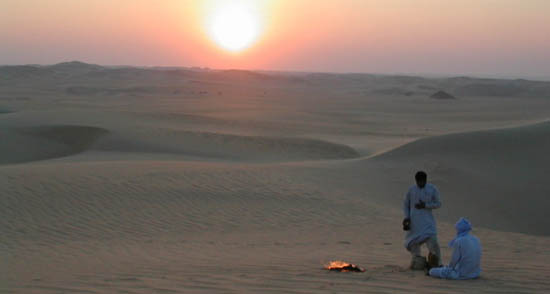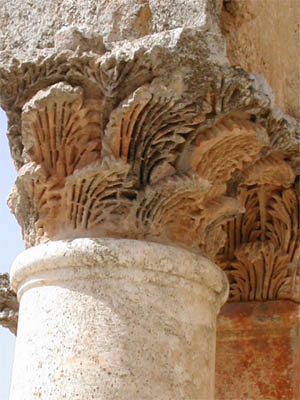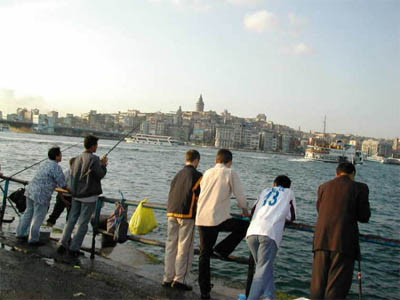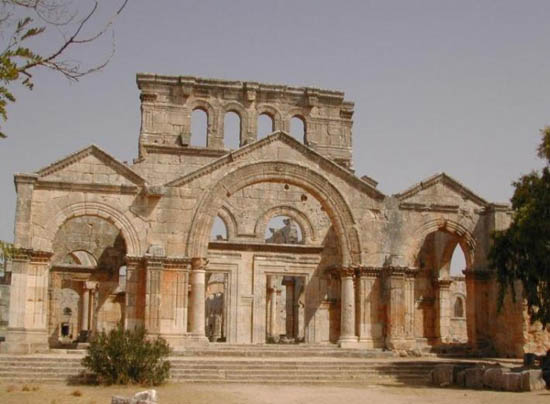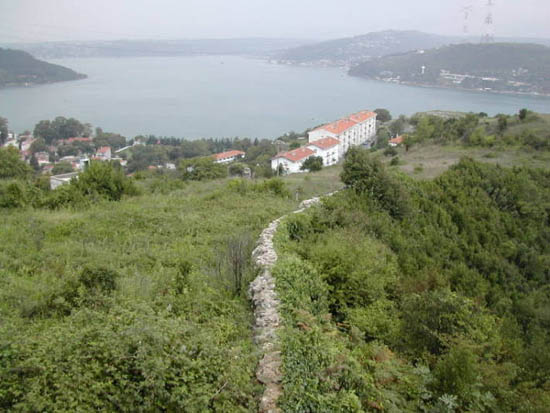Siwa, Egypt, Photo by Benjamin Orbach
The great pyramids of Giza, the pink facades of Petra, the blue minarets of Istanbul, and the storybook walled cities of Jerusalem and Damascus are some of the highlights that lure travelers to the Middle East.
If you make it to these postcard spots, you won’t go home disappointed.
But there is a hole-in-the-wall restaurant in Jerusalem called Rahmo, where they serve the best kubbe soup this side of an Iraqi or Kurdish grandmother’s kitchen.
And deep in the Western Desert, between the oasis of Siwa and Egypt’s border with Libya, there is a place where the stars shine brightly and rocket across the sky.
Whether you are traveling in pursuit of history, good food, nightlife, nature, spirituality, or the journey itself, here are six suggestions for lesser known stops across the Middle East that will make your trip truly one-of-a-kind.
